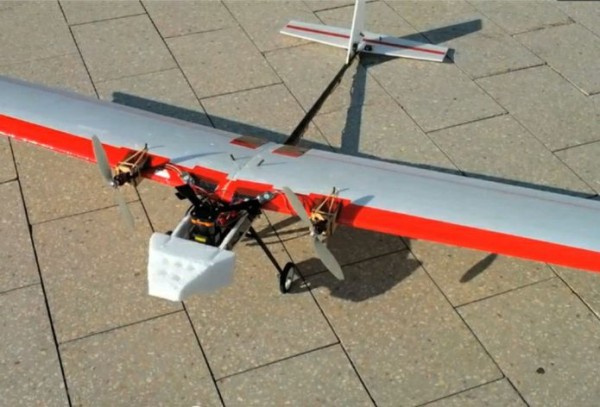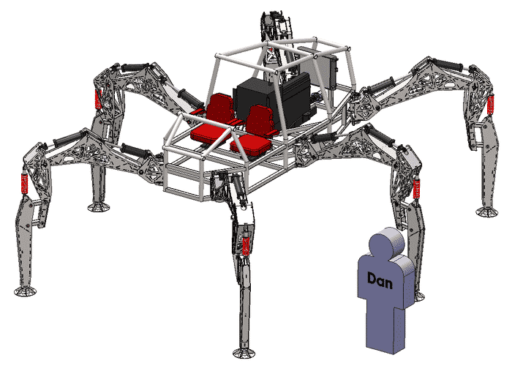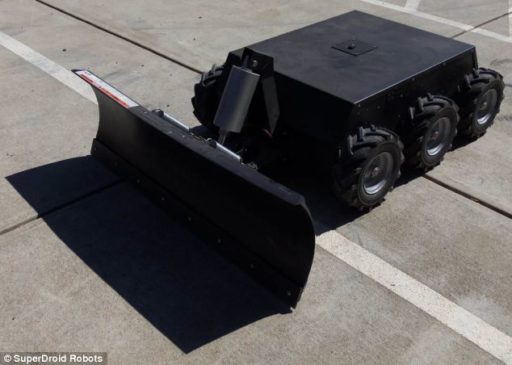Can you imagine an unmanned plane flying navigating its way through the sky without a GPS? A team at MIT has designed an autonomous robotic airplane which navigates itself using only on-board sensors and maneuvers without GPS. Tests on a small prototype show that the autonomous robotic airplane can dodge pillars in a parking garage.
For decades, academic and industry researchers have been working on control algorithms for autonomous helicopters or more specifically robotic helicopters that pilot themselves, rather than requiring remote human guidance. Dozens of research teams have competed in a series of autonomous-helicopter challenges posed by the Association for Unmanned Vehicle Systems International (AUVSI). But, all of them use GPS to navigate their way through the unknown sky. But, MIT’s Robust Robotics Group has developed an autonomous-control algorithm for a robot airplane which maneuvers without any GPS.
The team presented the algorithm at this years International Conference on Robotics and Automation (ICRA). The algorithm can determine a planes “state”; more specifically — its location, physical orientation, velocity and acceleration in the sky.
MIT’s newly developed robotic plane has on-board sensors. Using those on-board sensors only, the plane can fly smoothly without any pilot, remote control or GPS. In fact, there is a basic Intel Atom processor that powers the robot airplane to self-guide while flying.
The MIT researchers have completed a series of flight tests. This flying machine can maneuver with speed in tight spaces and among pillars in the parking garage under MIT’s Stata Center.
Source : MIT
[ttjad keyword=”gps-device”]


![Read more about the article [Video] NASA Unveils Its Humanoid Rescue Robot Valkyrie](https://thetechjournal.com/wp-content/uploads/2013/12/NASAs-Humanoid-Rescue-Robot-Valkyrie-512x737.jpg)

